Publications
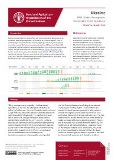
Ukraine: DIEM – Data in Emergencies. Commercial farmer monitoring, 23 March–14 April 2022
05/2022
In order to understand the impact of the war on the commercial agricultural sector in Ukraine, the Food and Agriculture Organization of the United Nations (FAO) is undertaking a series of monitoring surveys, targeting commercial grain producers across the country.

Afghanistan: DIEM – Data in Emergencies Monitoring brief, round 4
05/2022
This Data in Emergencies Monitoring (DIEM-Monitoring) brief shares the results of a fourth-round field assessment conducted between March and April 2022 in Afghanistan.

The 2020–2021 desert locust upsurge: How anticipatory action prevented a full blown humanitarian crisis
05/2022
In late 2019, a massive outbreak of desert locusts swept across the greater Horn of Africa and Yemen. This infographic outlines the actions FAO and partners took to avert a disaster, and showcases the impacts and results of the early, scaled up action.

Desert locust upsurge: Progress report on the response in the Greater Horn of Africa and Yemen, September–December 2021
05/2022
This sixth and final progress report details FAO’s work to mitigate the effects of the desert locust upsurge – an unprecedented threat to food security and livelihoods – across the Greater Horn of Africa and Yemen between September and December 2021, while outlining the outcomes of the response in all of 2021.
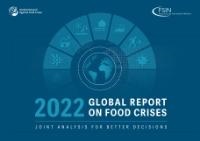
2022 Global Report on Food Crises: Joint analysis for better decisions
04/2022
The 2022 Global Report on Food Crises (GRFC 2022) highlights the alarming deterioration of acute food insecurity in 2021
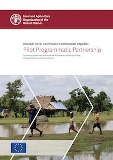
Concept note: Lao People’s Democratic Republic
04/2022
Extreme weather events are increasing in frequency and intensity due to climate change, while conflicts are driving consistent and unsustainable increases in humanitarian needs.
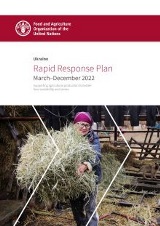
Ukraine: Rapid Response Plan (March–December 2022)
04/2022
The war in Ukraine that began on 24 February 2022 has led to large‑scale human suffering across all regions of the country. As the dynamics of the war continue to evolve, large portions of the population are affected by damage to critical infrastructure, lack of basic services and disruptions of supply chains, requiring multisectoral humanitarian assistance.
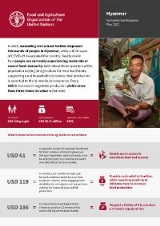
Myanmar: Humanitarian Response Plan 2022
04/2022
In 2021, escalating civil unrest further displaced thousands of people in Myanmar, while a third wave of COVID-19 devastated the country. Nearly one in four people are currently experiencing moderate or severe food insecurity.
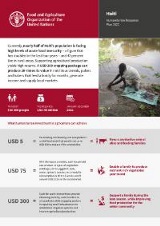
Haiti: Humanitarian Response Plan 2022
04/2022
Currently, nearly half of Haiti’s population is facing high levels of acute food insecurity – a figure that has doubled in the last four years – and 43 percent live in rural areas. Supporting agricultural production yields high returns.
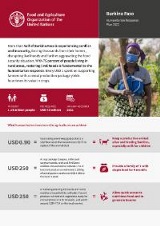
Burkina Faso: Humanitarian Response Plan 2022
04/2022
More than half of Burkina Faso is experiencing conflict and insecurity, forcing thousands from their homes, disrupting livelihoods and further aggravating the food security situation.
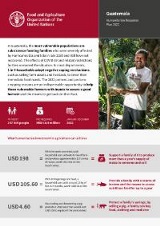
Guatemala: Humanitarian Response Plan 2022
04/2022
In Guatemala, the most vulnerable populations are subsistence farming families who were severely affected by Hurricanes Eta and Iota in late 2020 and still have not recovered. The effects of COVID-19 and related restrictions further worsened the situation.

The Sudan: Humanitarian Response Plan 2022
04/2022
Thirty percent of Sudanese are expected to need life-sustaining support in 2022, the highest number in the past decade. A combination of shocks and stressors, including conflict, population displacement and economic decline, has resulted in alarmingly high levels of food insecurity.

El Salvador: Humanitarian Response Plan 2022
04/2022
In El Salvador, 14 percent of people are acutely food insecure. Hunger affects 46 percent more Salvadorians today than before the COVID-19 pandemic mainly due to its economic impacts, extreme climate events and structural challenges.

Honduras: Humanitarian Response Plan 2022
04/2022
The number of acutely food-insecure people in Honduras has doubled in just over a year, due to the combined impact of COVID-19, poverty and climate-related disasters.
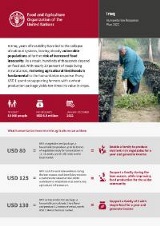
Iraq: Humanitarian Response Plan 2022
04/2022
In Iraq, years of instability have led to the collapse of national systems, leaving already vulnerable populations at further risk of increased food insecurity. As a result, hundreds of thousands depend on food aid.
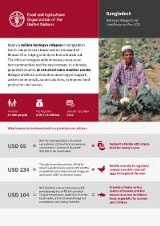
Bangladesh: Rohingya Refugee Crisis Joint Response Plan 2022
04/2022
Nearly 1 million Rohingya refugees in Bangladesh live in camps in Cox’s Bazar and on the island of Bhasan Char, relying entirely on humanitarian aid.
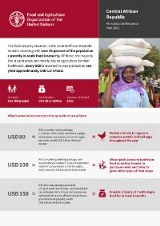
Central African Republic: Humanitarian Response Plan 2022
04/2022
The food security situation in the Central African Republic remains alarming with over 43 percent of the population currently in acute food insecurity. Of these, the majority live in rural areas and mainly rely on agriculture for their livelihoods.
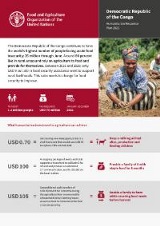
Democratic Republic of the Congo: Humanitarian Response Plan 2022
04/2022
The Democratic Republic of the Congo continues to have the world’s highest number of people facing acute food insecurity: 26 million through June. Around 80 percent live in rural areas and rely on agriculture to feed and provide for themselves.
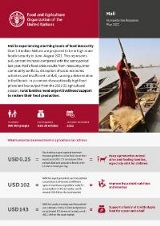
Mali: Humanitarian Response Plan 2022
04/2022
Mali is experiencing alarming levels of food insecurity. Over 1.8 million Malians are projected to be in high acute food insecurity in June–August 2022. This represents a 41-percent increase compared with the same period ast year.

